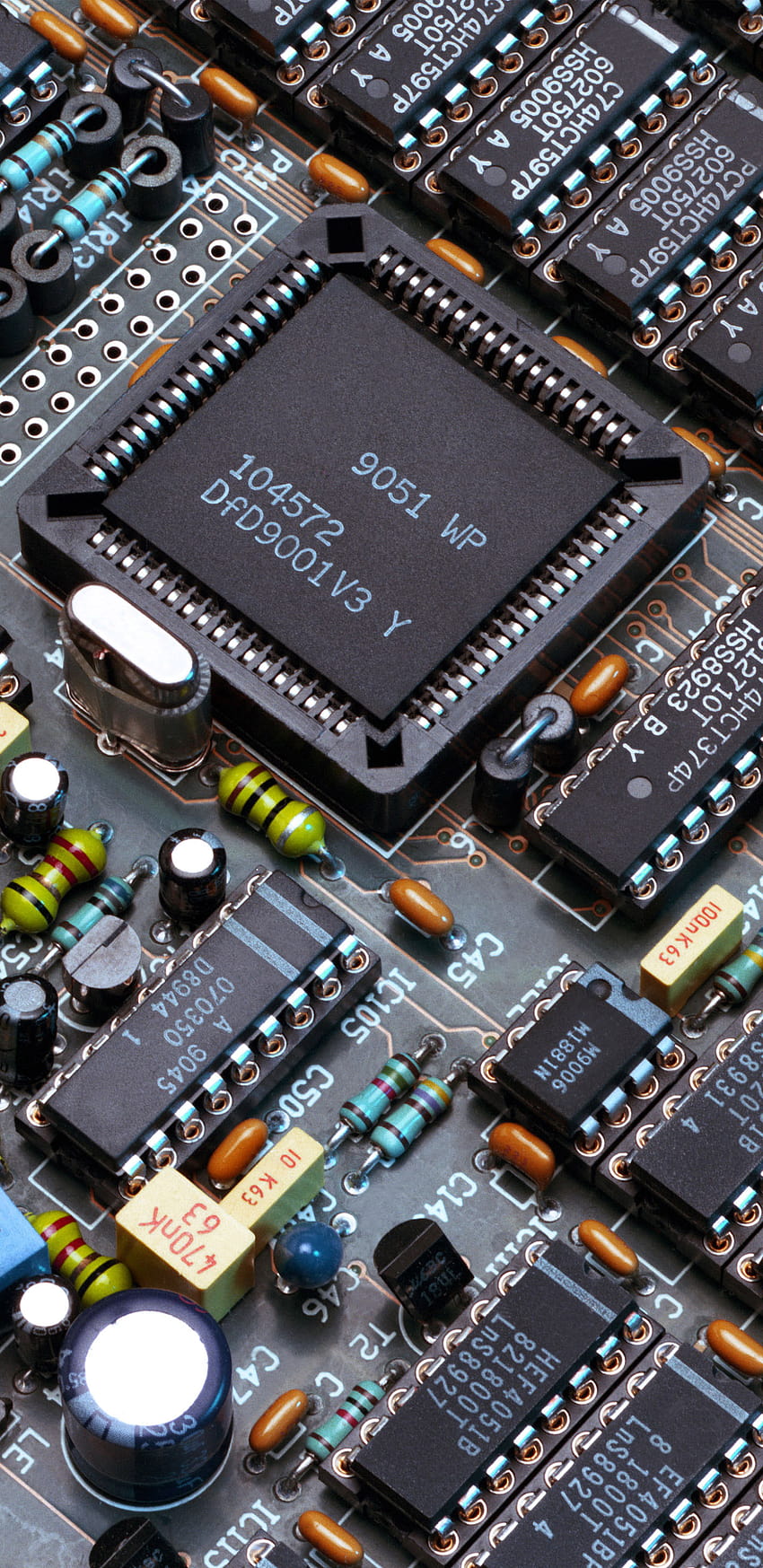
Welcome to the dynamic world of electronic components, where innovation and technology converge to shape the foundation of modern devices. These tiny yet powerful elements are the building blocks behind the gadgets we rely on daily, from smartphones to smart fridges. Embedded within the intricate circuitry of electronic devices, they play a crucial role in facilitating the flow of electricity and performing specific functions that make our lives more convenient and efficient. Without electronic components, the digital landscape we are so accustomed to would cease to exist, highlighting their undeniable significance in our tech-driven society.
Introduction
Welcome to the fascinating world of Electronic Components! These essential building blocks are the backbone of modern technology and play a crucial role in powering the devices we rely on every day. From intricate circuit boards to tiny resistors and capacitors, electronic components come in various shapes and sizes, each serving a specific function in electronic systems.
Electronic Components serve as the elemental units that make up electronic circuits, allowing for the flow of electrical current to perform various tasks. Through the careful design and integration of these components, engineers are able to create intricate electronic systems that drive innovation and serve a wide range of applications, from smartphones and computers to medical devices and automotive technology.
In this article, we will delve into the intricate world of Electronic Components, exploring their functions, types, and significance in shaping the technologies that define our modern lives. Join us on a journey to unravel the wonders of Electronic Components and gain a deeper understanding of the intricate inner workings of the electronic devices we interact with daily.
Types of Electronic Components
IGBT Module
Firstly, let’s explore passive electronic components. These include resistors, capacitors, inductors, and transformers. Resistors restrict the flow of current, while capacitors store and release electrical energy. Inductors resist changes in current, and transformers transfer energy between circuits.
Next, we have active electronic components. The most common examples are transistors, diodes, and integrated circuits. Transistors amplify or switch electronic signals, diodes allow current flow in one direction, and integrated circuits contain multiple components on a single chip.
Lastly, we can’t forget about electromechanical components like relays and switches. Relays control high-voltage circuits using low-voltage signals, while switches open or close circuits. These components bridge the gap between the electronic and mechanical worlds, providing essential functions in various applications.
Functionality of Electronic Components
Electronic components are the building blocks of modern devices and systems. They play a crucial role in ensuring the smooth operation of various electronic equipment. From resistors to capacitors and transistors, each component has a specific function that contributes to the overall functionality of a circuit.
Resistors are commonly used to limit the flow of electric current in a circuit, thus helping to control the voltage levels and protect sensitive components. Capacitors, on the other hand, store and release electrical energy, providing stability to the circuit by smoothing out fluctuations in voltage. Transistors act as amplifiers or switches, regulating the flow of current and allowing for sophisticated signal processing.
In essence, electronic components work together harmoniously to convert and manipulate electrical signals, enabling the functionality of devices ranging from simple household appliances to complex computers and communication systems. Understanding the unique functions of each component is essential for designing efficient and reliable electronic circuits.


